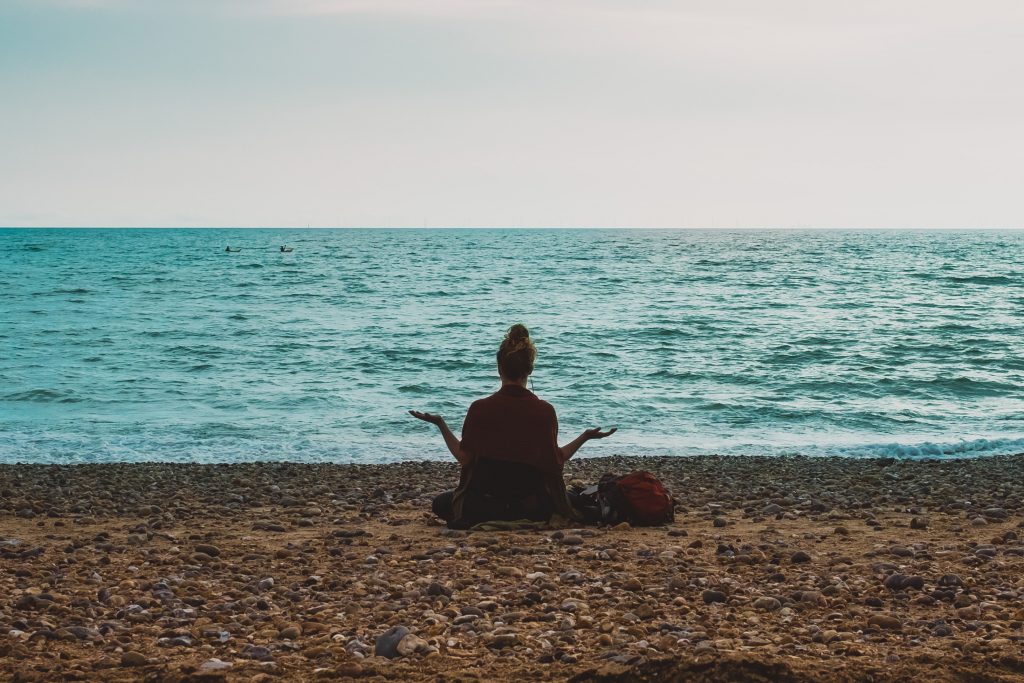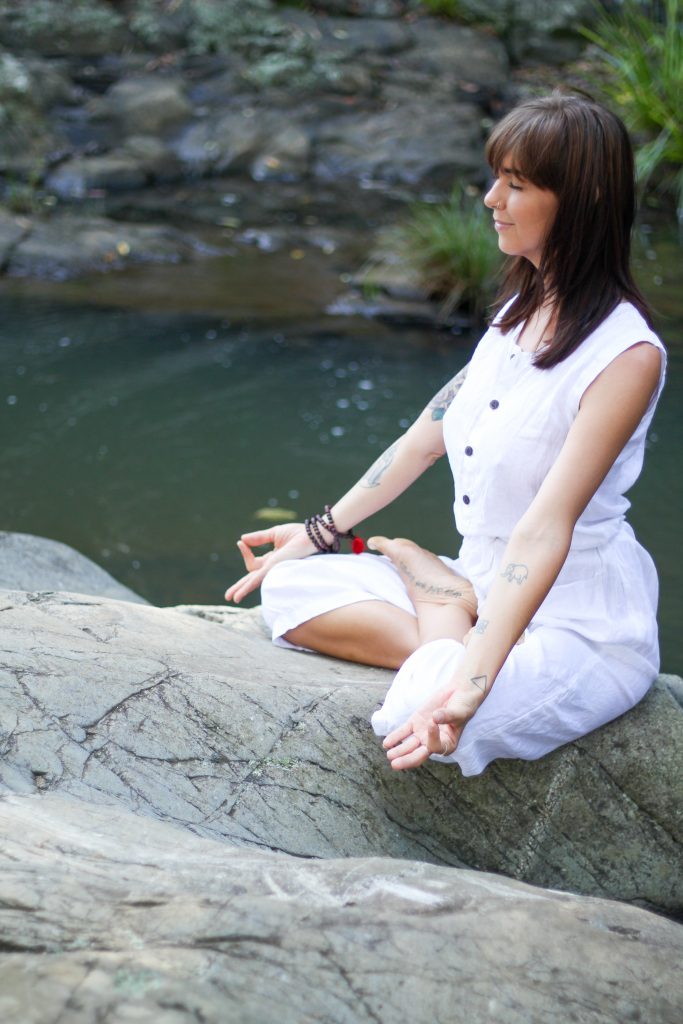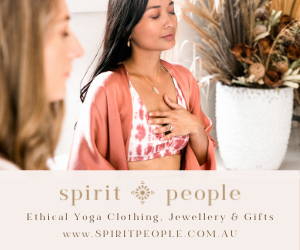“if
the ocean
can calm itself,
so can you.
we
are both
salt water
mixed with
air.”
― Nayyirah Waheed

With more global education around holistic health, we are collectively learning to look after ourselves better. We are seeing the benefits of eating healthier, exercising frequently, drinking clean water + having healthy relationships.
However, when it comes to the nourishment + nurture of our minds, we can be somewhat dismissive. As humans, we are incredibly productive + creative, but without mental rest + reprieve, we can experience overload, burnout + suffering.
Meditation is a technique in which we can give our mind some much needed reprieve.
What is Meditation?
Meditation has been practised in varying forms for thousands of years. It is a practice that is available to anyone and everyone. When we practice meditation, we arrive at a state of awareness + appreciation. It is the art of meeting the present moment. There is a general misconception that we should have no thoughts when we meditate, but this is simply not true. We still have thoughts – we simply get better at deflecting them.
There is a difference between meditation and doing something that we consider to be “meditative”. For example, you may experience deep relaxation + peace when you are painting or walking your dog, but your senses remain in a state of arousal. Meditation is different because it allows our senses to deeply rest and our mind to be empty. It is a gentle space in which we can simply be.
What are the Benefits of Meditation?
Meditation unequivocally improves our lives. We breathe deeper, are more tolerant, capable, happy, focused + grounded. Meditation has been proven to alleviate anxiety, stress, depression and a score of other physical and mental health issues.
Why do we meditate?
The saying goes:
“You should meditate once a day, unless you don’t have time. In that case, you should meditate twice a day.”
When we meditate, we tend to our mental, emotional + spiritual health. We hit the reset button and give something back to ourselves. In turn, we are able to master our thoughts, quieten our mind and induce an overall balance + wellness into our lives.
What types of meditation are there?
There are many types of meditation, here are just a few:
- Vedic or Transcendental Meditation – uses a mantra to anchor thoughts
- Kundalini Meditation – uses chanting, mantra and pranayama (breath)
- Guided Meditation – in person or audio recording to verbally walk you through your meditation
- Zen Meditation – Buddhist meditation, eyes are semi-closed and uses the practice of mindfulness
- Loving Kindness Meditation – focuses your loving energy on yourself + others
How can I get started today?
Here are some ideas to help you begin a meditation practice today:
- Insight Timer
With over 35,000 free meditations including a section for beginners, Insight Timer is a great resource. You can create your own personal meditations using the timer, chimes, + much more. Easy to download on any device.
2. Invest in a Meditation Class or Retreat
Look at what meditation classes or retreats are running in your area. They may range from a short 1-hour class through to a 2-week immersion. If you are able to, I recommend immersing yourself in a workshop or retreat to fully grasp a technique. You will use it for the rest of your life!
3. Start at Home
You can start your own practice in your very own home, today. There is no ‘wrong way’ to meditate, only ways in which we can cultivate + better refine a technique. Starting today is better than not starting at all.
To begin:
- Find a quiet, comfortable place to sit, where you will not be interrupted. Turn your phone off. Use a cushion, blanket or back support if you need.
- Begin by observing your surroundings aurally + visually for about ten seconds. What do you hear? What do you see?
- Now, gently close your eyes and let the stimulus of your senses go.
- Focus on the inward + outward breath.
- As thoughts arise, gently release them without judgement.
- Start with 5 minutes and work your way up to 20 minutes per session.
- Remember, the more you practice, the easier it will become.

** Article written by Cassie Douglas from Heartcraft Creative, You can learn more at @heartcraftcreative on Instagram

